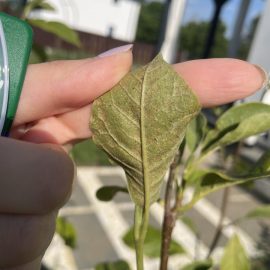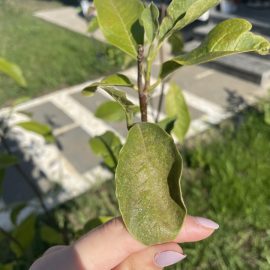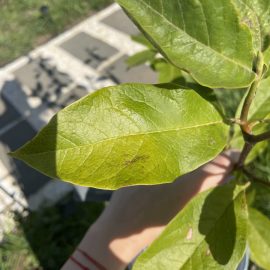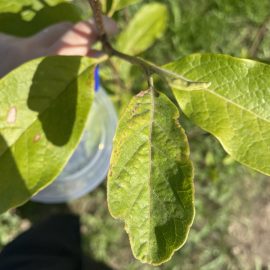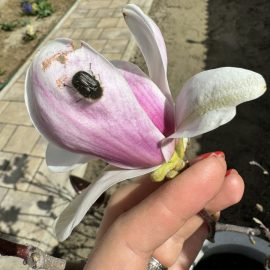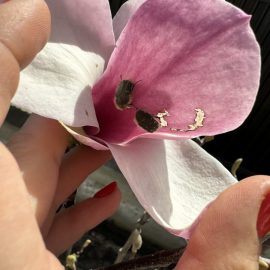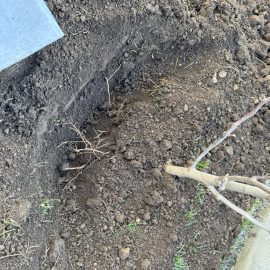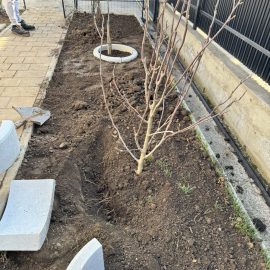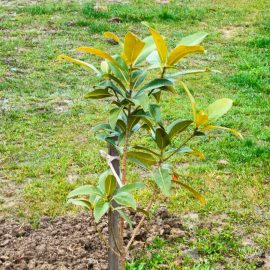Magnolia, planting guide and care work
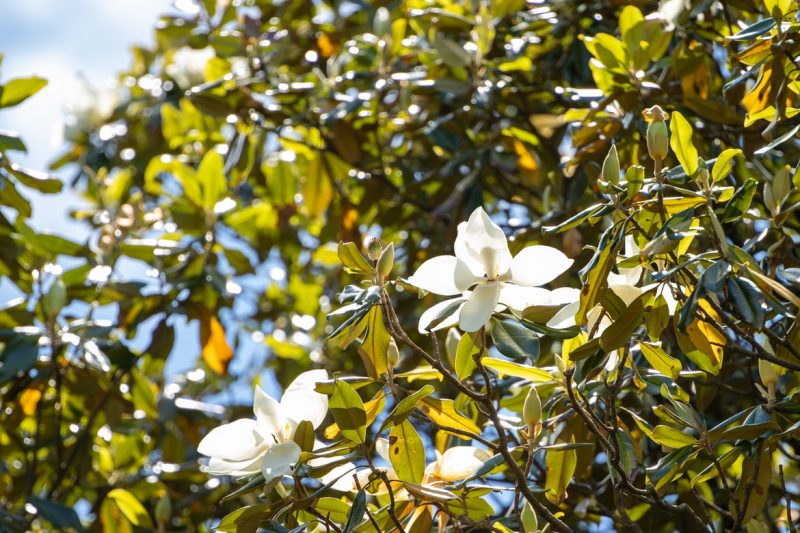
The genus Magnolia includes about 210 species of trees and shrubs with great ornamental value. Some of the most common species are:
1. Magnolia x soulangeana
It is a small tree, with a height of up to 7-7.5 m that often grows multi-stemmed. The leaves are of medium size, on the underside being pubescent. It is decorated with large, straight, upwards-oriented, bell-shaped, white flowers with the petals’ base colored in lavender-pink.
2. Magnolia acuminata
In some countries, it behaves like a size II tree. It reaches up to 15 m in height, has a pyramidal appearance and a straight stem. The young tendrils are red-brown. The leaves are large, elliptical-obovate, dark green on the topside and a paler shade on the underside. The flowers are green-yellow, develop after foliation, in May, and are less decorative compared to other species.
3. Magnolia denudata
It is short and has a wide crown. The leaves are elliptical-obovate. The flowers appear in April-May, before the foliation and they are large, white, and pleasantly fragrant.
4. Magnolia obovata
In some countries, it grows as a shrub. The leaves are large and pubescent on the underside. The flowers are cup-shaped, large, white, fragrant, have red staminal filaments and yellow anthers. It blooms in June.
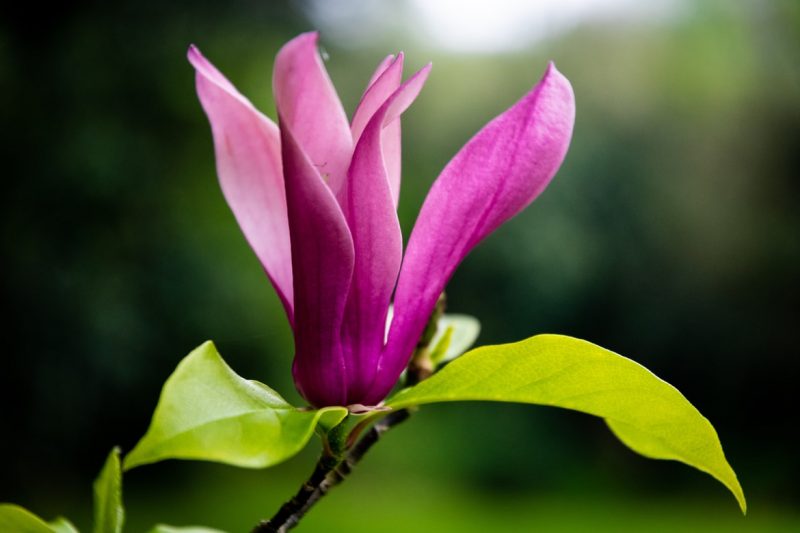
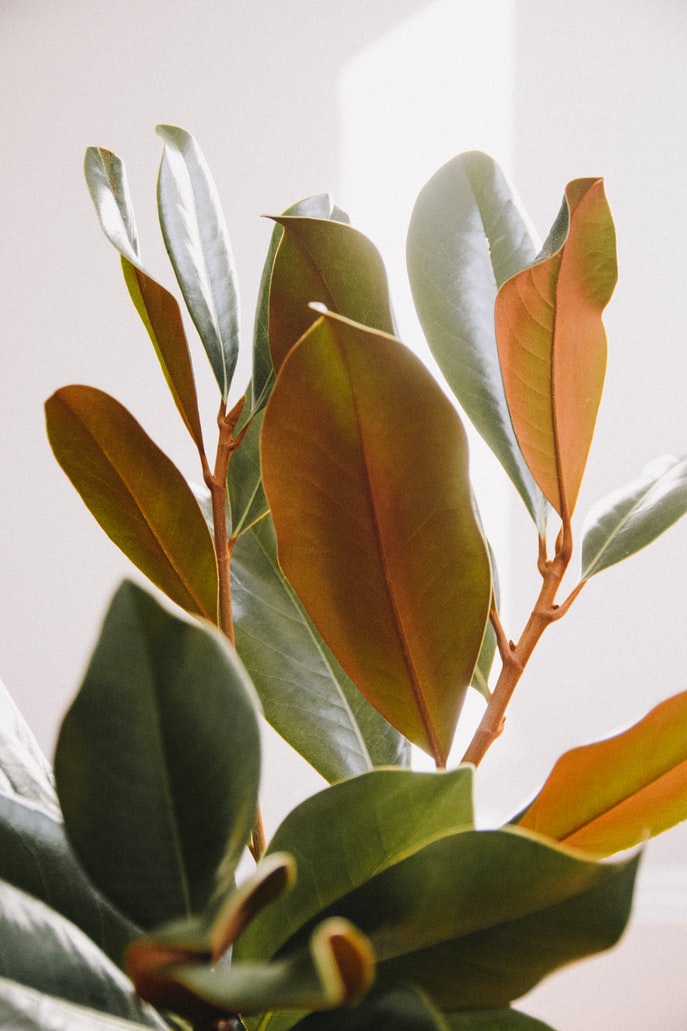
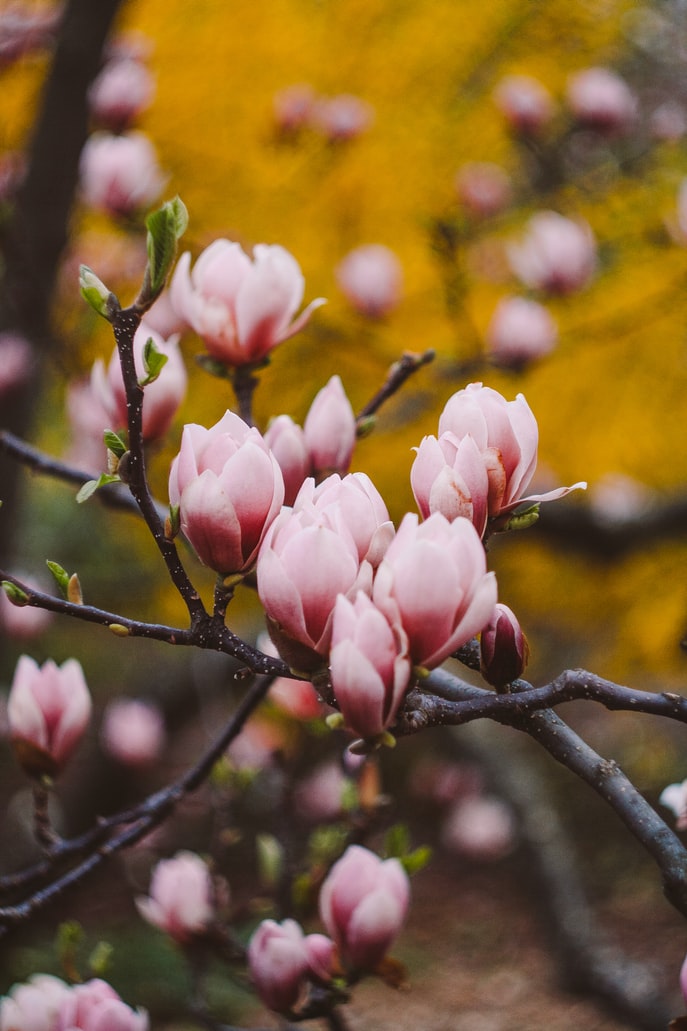
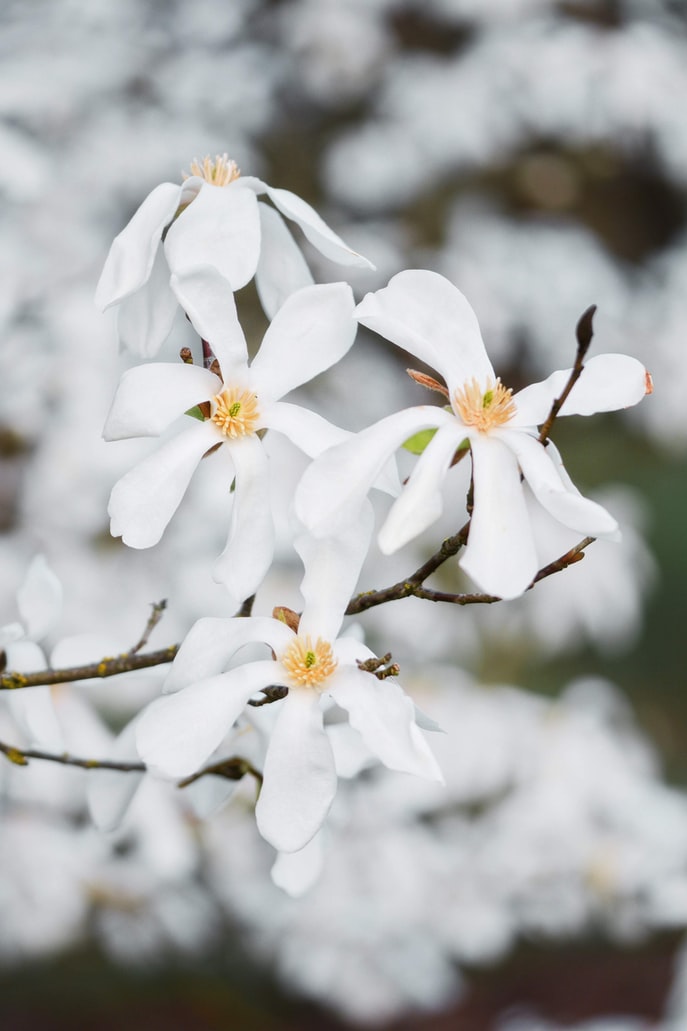
5. Magnolia stellata
A shrub species, with a wide-rounded crown. The leaves are small, obovate. The flowers are double, small, white, and fragrant. It blooms abundantly in March-April.
6. Magnolia liliiflora
It grows as a shrub. The leaves are oval, glossy, dark green, and the underside is pubescent. The flowers are large, bell-shaped, straight, upwards-oriented, purple on the outside and creamy-white on the inside. It blooms in May-June.
7. Magnolia kobus
It grows in the form of a size III tree and it has a rich, wide pyramidal crown. The leaves are obovate and in autumn they become reddish-copper. It blooms abundantly before foliation. The flowers are white, large, sometimes with thin pink-purple stripes on the outside of the petals’ base.
Magnolia species have a different growth rate, Magnolia acuminata grows the fastest, and Magnolia stellata grows the slowest.
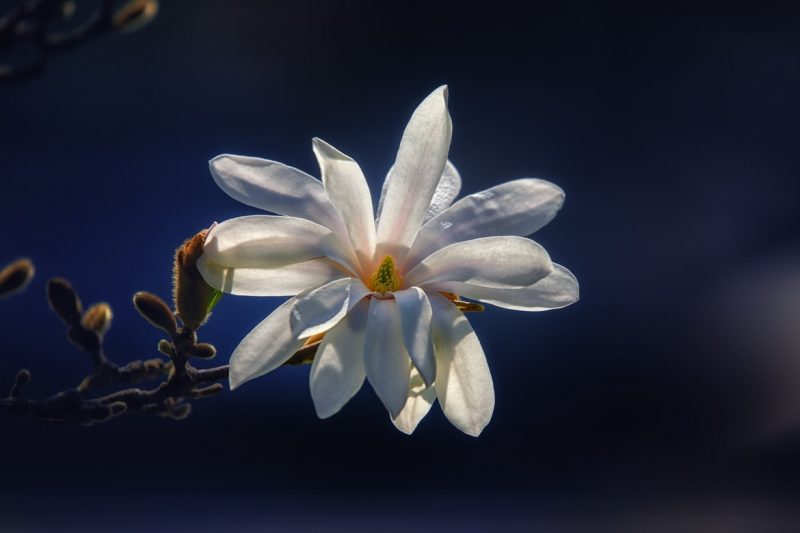
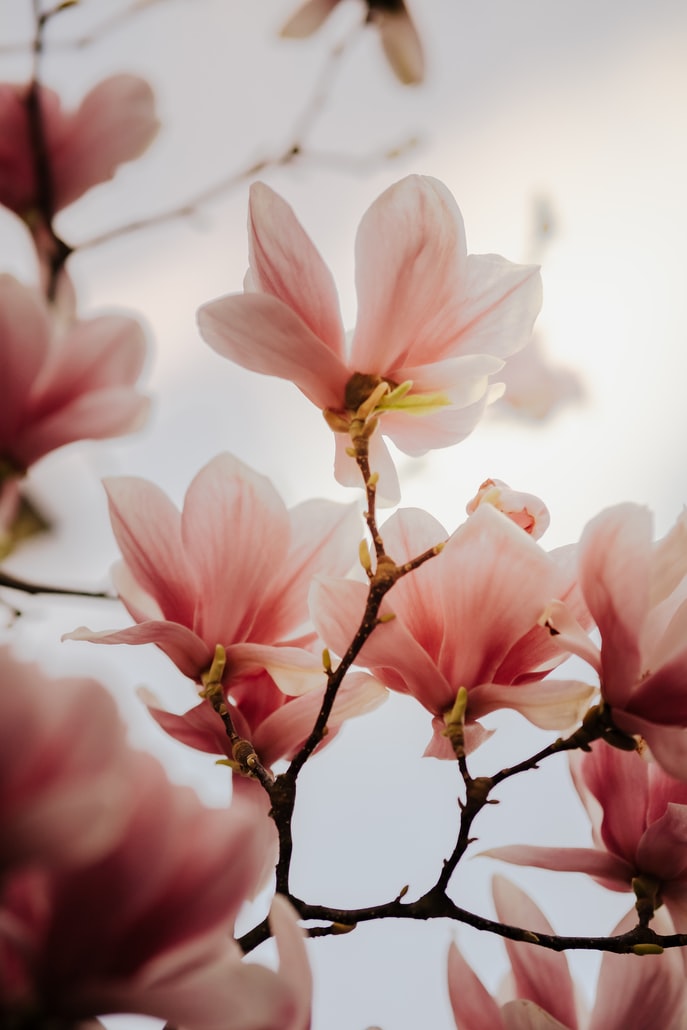
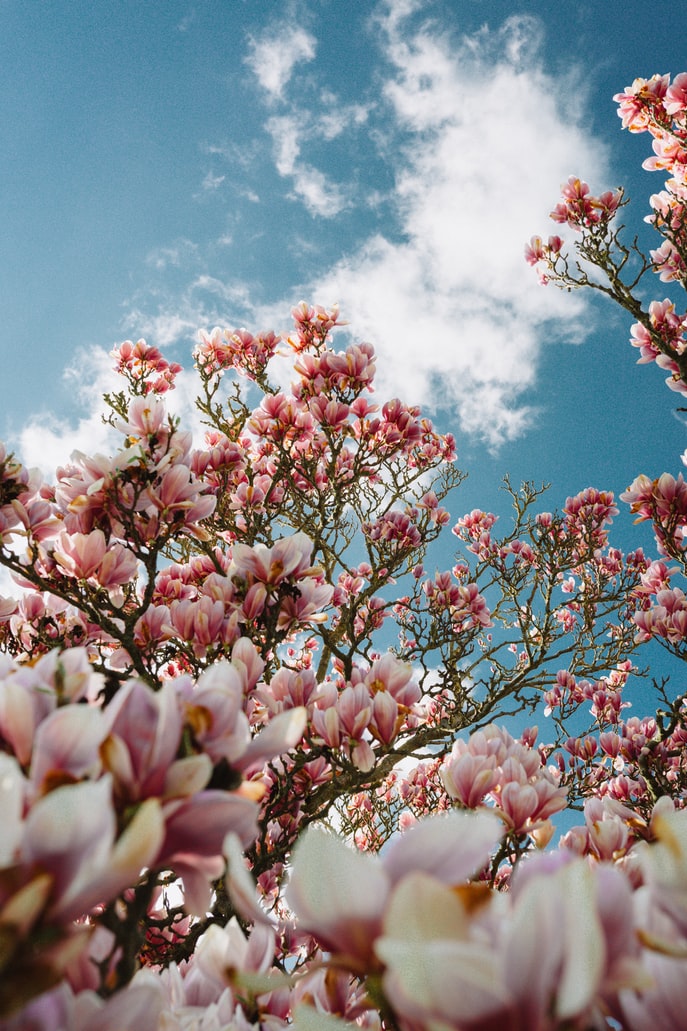
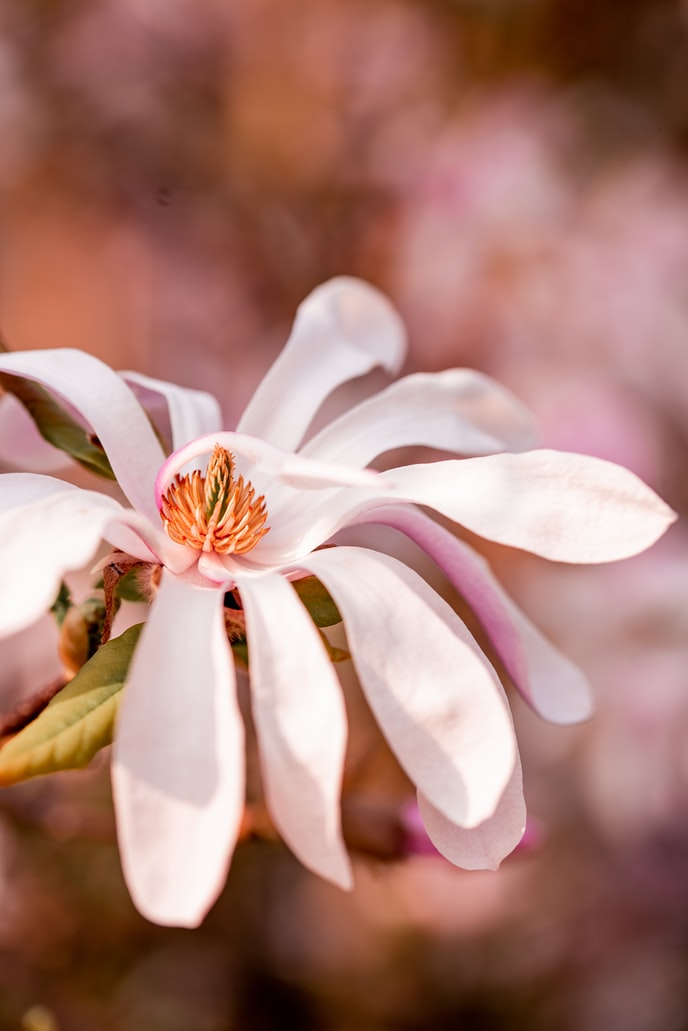
Environmental conditions
Light. Magnolia is a plant that grows well in both direct sunlight and partial shade. But for abundant flowering it is recommended to plant it in a sunny place, only in this case, it needs a higher humidity in the soil. Over time, it can become moderately tolerant to drought.
Temperature. Magnolias prefer places away from cold drafts, except for Magnolia stellata which is not so pretentious.
Soil. It is recommended that the soil in which it is planted be loose, well-drained, and with a low acidic pH.
Watering
It is important that watering is done regularly until the plant is acclimatized, then it requires moderate watering in spring and summer.
Fertilization
It needs fertilization, especially in the first three years after planting. During this period it can be fertilized in spring with organic products, with manure and chopped leaves, or with a specific fertilizer.
Recommended products
-
You can find products on a different store
Change Store -
You can find products on a different store
Change Store -
You can find products on a different store
Change Store -
You can find products on a different store
Change Store -
You can find products on a different store
Change Store -
You can find products on a different store
Change Store -
You can find products on a different store
Change Store -
You can find products on a different store
Change Store -
You can find products on a different store
Change Store -
You can find products on a different store
Change Store -
You can find products on a different store
Change Store -
You can find products on a different store
Change Store -
You can find products on a different store
Change Store -
You can find products on a different store
Change Store -
You can find products on a different store
Change Store -
You can find products on a different store
Change Store -
You can find products on a different store
Change Store -
You can find products on a different store
Change Store -
You can find products on a different store
Change Store -
You can find products on a different store
Change Store -
You can find products on a different store
Change Store -
You can find products on a different store
Change Store -
You can find products on a different store
Change Store -
You can find products on a different store
Change Store
Pruning
It can be done only if you want to resize the pant’s crown or remove dry parts. In the case of young specimens, small and light cuts are recommended, after flowering. In the case of mature specimens, cuts are not recommended, as Magnolias do not recover very easily after and lesions can appear that are more difficult to heal and that allow the occurrence of diseases and pests.
Recommended products
-
You can find products on a different store
Change Store -
You can find products on a different store
Change Store -
You can find products on a different store
Change Store -
You can find products on a different store
Change Store -
You can find products on a different store
Change Store -
You can find products on a different store
Change Store -
You can find products on a different store
Change Store -
You can find products on a different store
Change Store -
You can find products on a different store
Change Store -
You can find products on a different store
Change Store -
You can find products on a different store
Change Store -
You can find products on a different store
Change Store -
You can find products on a different store
Change Store -
You can find products on a different store
Change Store -
You can find products on a different store
Change Store -
You can find products on a different store
Change Store -
You can find products on a different store
Change Store -
You can find products on a different store
Change Store -
You can find products on a different store
Change Store -
You can find products on a different store
Change Store -
You can find products on a different store
Change Store -
You can find products on a different store
Change Store -
You can find products on a different store
Change Store -
You can find products on a different store
Change Store
Planting
It can be planted in spring or autumn, during the vegetative dormancy period, at temperatures above 5° C, if the soil is not frozen and there is no danger of frost. Be sure to purchase planting material from authorized nurseries. Immediately after planting, the soil should be well-trodden and watered abundantly. After that, the soil has to be kept damp. The plant must be transplanted with a bundle of soil around the root, otherwise, there are very high chances that it will wither.
Propagation
Magnolia species can be propagated through several methods: seeds, layering, grafting, cuttings.
Sowing is usually done in the greenhouse or crates, rarely directly in the field (Magnolia kobus, Magnolia acuminata). The sowing depth is 2-4 cm, in clayey-sandy soil. Transplanting from the place where it was sown should be done after 2-3 years, taking care that the plant has soil around the roots.
Layering is the most popular method of propagating Magnolias. It is done through arching, in August-September.
Grafting is done in March or August, by grafting in plywood or splitting. Rootstocks that are well rooted in pots are recommended: Magnolia kobus (for slow-growing species) or Magnolia acuminata (for fast-growing species).
Propagation through cuttings should be done in summer, from shoot tips that are 6-8 cm long. They have to be rooted in a special substrate.
Recommended products
-
You can find products on a different store
Change Store -
You can find products on a different store
Change Store -
You can find products on a different store
Change Store -
You can find products on a different store
Change Store -
You can find products on a different store
Change Store -
You can find products on a different store
Change Store -
You can find products on a different store
Change Store -
You can find products on a different store
Change Store -
You can find products on a different store
Change Store -
You can find products on a different store
Change Store -
You can find products on a different store
Change Store -
You can find products on a different store
Change Store -
You can find products on a different store
Change Store -
You can find products on a different store
Change Store -
You can find products on a different store
Change Store -
You can find products on a different store
Change Store -
You can find products on a different store
Change Store -
You can find products on a different store
Change Store -
You can find products on a different store
Change Store -
You can find products on a different store
Change Store -
You can find products on a different store
Change Store -
You can find products on a different store
Change Store -
You can find products on a different store
Change Store -
You can find products on a different store
Change Store
Pests and diseases
Magnolias can be affected by various bacteria and fungi, causing spots to appear on the leaves. Among others, these ornamental plants can be affected by verticillium wilt and some forms of cancer.
In addition:
- In general, Magnolia species have slow growth (depending also on environmental and care conditions);
- Magnolias were among the first flowering plants to appear, existing for over 100 million years. Since they appeared before bees, Magnolias relied on various beetles for pollination. Later, Magnolias modified their flowers to attract bees;
- Magnolia can have a longevity of up to 100 years.














































































































































































































































































































































































































































